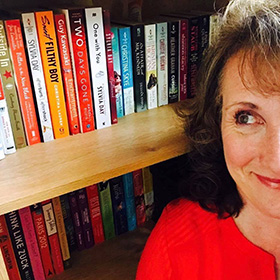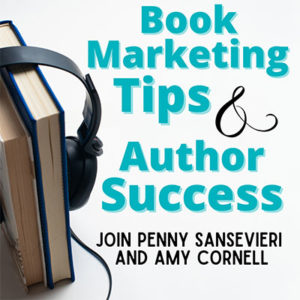Capturing the attention of potential readers is a crucial step in the journey toward book sales and can be a full-time job. Among the arsenal of tools available to authors, the book blurb is a crucial part of this tool kit and, sadly, often overlooked in its importance.
But what exactly is a blurb, and how does it differ from a book description or an elevator pitch? In this guide, we’ll delve into these distinctions and explore ways to craft compelling book blurbs that entice readers and boost sales. Ready? Let’s dig in!
Book Blurb, Book Description, and Elevator Pitch – Understanding the Difference
Before delving into the nuances of crafting a captivating blurb, it’s essential to clarify its distinction from other promotional tools. A blurb typically appears on the back cover of a book or its online listing, offering a brief synopsis designed to pique readers’ interest. This is often called a book description as well, but don’t confuse a book description with a book synopsis, because a synopsis is often much longer and offers a full detail of the book, including the ending – which you don’t want to do. By contrast, an elevator pitch is short, often 1-2 sentences. It’s a concise summary aimed at grabbing someone’s attention in a short amount of time, akin to the time it takes to ride an elevator.
1. Finding the Sweet Spot
Crafting an effective blurb requires striking a delicate balance. It shouldn’t be too short, leaving readers feeling uninformed, nor too long, risking overwhelm. Aim for a length that provides enough information to intrigue potential readers without revealing too much detail. And don’t bury the lead. Often authors want to keep the punchiest or more intriguing part of their books for the grand finale, but your blurb doesn’t work that way. Now, I’m not telling you to give away the ending at all – but rather lead with something that will entice potential readers to want to keep on reading.
2. The Goldilocks Principle
Just as Goldilocks sought the perfect porridge, your blurb should offer just the right amount of information. Often authors walk a fine line between throwing in a ton of detail or being too vague. Excessive vagueness fails to captivate. Too much detail is confusing due to lack of context. Aim for a tantalizing balance that leaves readers eager to uncover more.
3. Creating Tension and Intrigue
For fiction books, the blurb serves as a gateway to the world you’ve created. Focus on igniting curiosity and building suspense. Introduce compelling characters, hint at conflicts or mysteries, and leave readers yearning to unravel the story’s secrets.
4. Highlighting Uniqueness
In the crowded non-fiction landscape, your blurb must convey what sets your book apart. Whether it’s groundbreaking research, a fresh perspective on a familiar topic, or your unique expertise, emphasize what makes your book a must-read for your target audience. Your opening line should speak to their biggest need or the unique remedy that you can offer. Also, whenever necessary and appropriate to your topic – show off your credentials! Readers love to know your background and expertise in writing on this topic.
5. Embrace the Revision Process
I get it, you just spent however long writing and editing your book and now I’m asking you to not only craft a blurb but also embrace revisions. But if you love your blurb on the first try, it’s probably not right. Why? Because crafting a captivating blurb often requires multiple drafts. Don’t be discouraged by the need for revisions; instead, embrace the opportunity to refine your message. Ask for feedback from folks who can give you some good input!
6. Seek Lots of Feedback
As I mentioned above, helpful feedback can be golden. Share your blurb with a variety of readers, writers, and industry professionals to gain different perspectives. Here’s a tip: if you see duplicates of what folks like, vs. don’t like, you’ll know immediately what needs work.
7. Where to Use Your Blurb
Once you’ve honed your blurb to perfection, it’s time to unleash it across various platforms. Beyond the back cover of your book, consider incorporating it into your Author Central profile, website, and pitch materials. Get creative with its placement, exploring opportunities to showcase your blurb in unexpected places to capture readers’ attention.
8. Read Aloud
This may sound crazy but there’s a strong benefit to reading your book blurb out loud. You tend to hear more errors that way, as well as awkward sentences. Believe me, it’s a super helpful exercise to do this!
Crafting a compelling blurb is not only a great marketing tool, but a must if you want to sell more books. Too often authors treat their book blurbs as an afterthought, which is a mistake. A good book blurb opens the door to more readers and increases your book’s chances of success in a competitive market.
Resources and Free Downloads
Download our free monthly book marketing planner.
Download our free Reader Profile Brainstorm.
Customize a sample book marketing plan.
7 AI strategies to use as an author.
A helpful list of book awards and contests.
Why your Amazon reviews are getting pulled and what to do about it.
Check out all the episodes of our book promotion podcast anywhere you listen to podcasts!
Be sure to sign up for our newsletter on the right-hand side of our blog homepage. If you haven’t opened a recent one your registration may have lapsed.
Follow us on Instagram for book marketing tips and some much-needed levity!





0 Comments